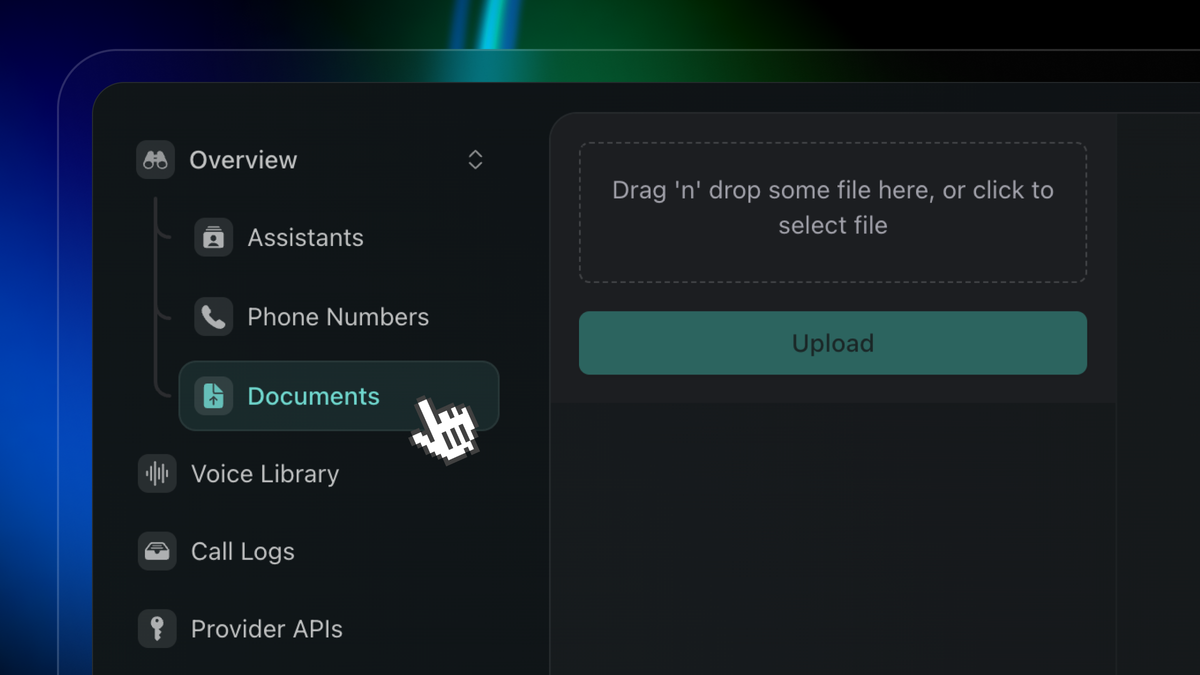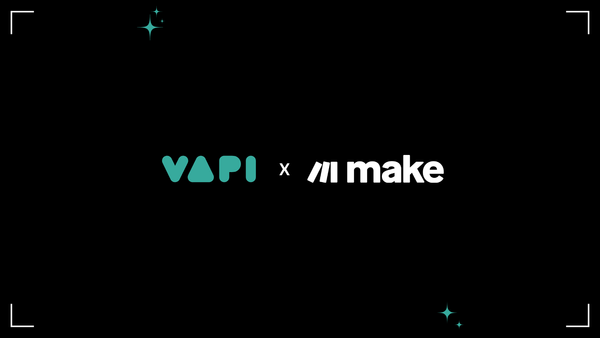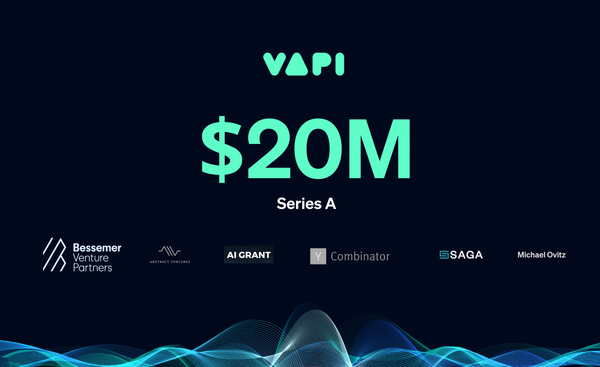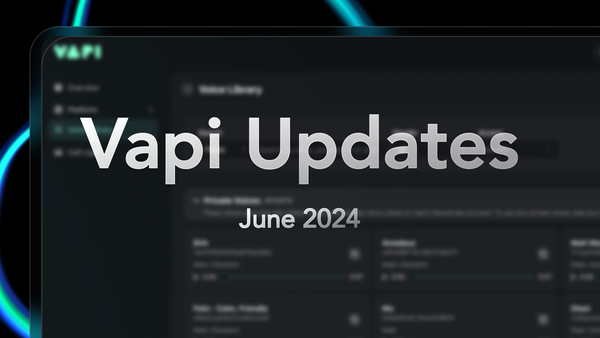Accelerate Your Voicebot Training Journey with Vapi's Knowledge Base

The latest addition to Vapi's arsenal of tools is the Knowledge Base feature, which allows business owners, founders, and developers to seamlessly integrate custom documents and files into their voice AI assistants. This revolutionary feature eliminates streamlines the process of training voicebots and enhancing the overall user experience.
The Knowledge Base feature is particularly useful for businesses that require high levels of personalization and customization. By uploading custom documents and files, businesses can create personalized experiences for their customers, such as providing tailored product recommendations or offering personalized customer support. Additionally, the feature allows businesses to integrate their existing knowledge bases and documents into their voice AI assistants, streamlining the development process and reducing the need for manual data entry.
For developers, the Knowledge Base feature can be used to create more effective voicebots by providing them with a rich source of data to draw from. By integrating custom files and website content, developers can create voicebots that respond to complex queries and provide accurate information. This is particularly useful for industries such as healthcare, where accuracy and reliability are paramount.
Learn how to integrate custom documents to your Vapi AI voice assistants.
Uploading custom documents and files
With the new Knowledge Base feature, users can upload a variety of file types, including Markdown, PDF, plain text, and Microsoft Word formats (.doc and .docx). This enables business owners and developers to seamlessly integrate their existing knowledge bases and documents into their voice AI assistants. The file ID is generated, and users can track the progress of their uploads in real-time.
To take full advantage of the Knowledge Base feature, a founder can consider implementing a standardized document management system. This can help to streamline the process of uploading and organizing documents, making it easier to integrate them into voice AI assistants. Additionally, businesses can consider using artificial intelligence and machine learning algorithms to analyze and extract relevant information from uploaded documents and files.
For developers, one of the key benefits of the Knowledge Base feature is the ability to automate the process of uploading and integrating custom files and documents. By using APIs and scripting languages, developers can create automated workflows that streamline the process of uploading and integrating files, freeing up more time for development and testing.
Creating a transient based assistant
Vapi's transient based assistant feature enables businesses and developers to create personalized and empathetic voice AI assistants that can adapt to a wide range of conversations. By using the uploaded files and website content, businesses can train their voicebots to respond to complex queries and provide accurate information. This is particularly useful for industries such as automotive and healthcare, where accuracy and reliability are paramount.
To create a transient based assistant using the Knowledge Base feature, applications can start by identifying the key scenarios and user journeys that will trigger specific responses from the voicebot. By analyzing and understanding the key user journeys, businesses can create custom responses and dialogues that are tailored to specific user needs. Additionally, businesses can use the Knowledge Base feature to integrate custom files and website content, providing the voicebot with a rich source of data to draw from.
For developers, creating a transient based assistant requires a deep understanding of voice AI technology, as well as the ability to integrate custom files and website content. In addition to the Knowledge Base feature, developers can use tools such as natural language processing and machine learning algorithms to create personalized and empathetic responses.





